It’s nine weeks until Election Day, and less than two weeks until early voting starts in the first swing state: Where else but Pennsylvania, which this year looks like the whole megillah.
There’s a chance Donald Trump could win without Pennsylvania’s 19 electoral votes. He could flip Georgia and Arizona back to red, hold on in North Carolina and then just win Wisconsin and eke out a win. For Kamala Harris, there’s no real path without Pennsylvania.
Of the seven swing states, Pennsylvania has been the third-most Democratic in recent elections, behind only Michigan and Nevada. The idea that Harris might lose in Pennsylvania but then win two of the more difficult states—Wisconsin, Georgia, Arizona, and North Carolina—is not impossible, but very unlikely.
It’s a good bet that if Trump is running well enough to win Pennsylvania, he’ll also win the four other, more Republican states. Conversely, if Harris wins in any battleground state that’s less Democratic than Pennsylvania, she will probably win everything of a slightly bluer hue.
Look at the national numbers and dock the Democrats 2 points, and that will give you a very rough idea of where the battle for the Electoral College stands.
States have their own political natures, but they tend to stay roughly in order relative to each other. Arizona, Georgia, and North Carolina were the reddest of the seven in every cycle since 2008, Nevada and Michigan were the bluest, and Wisconsin and Pennsylvania were in between.
When you’re clicking around and imagining scenarios, you don’t need to waste a lot of time wondering about a world in which, say, Democrats lose Michigan but win North Carolina. The states move over time, but generally not abruptly.
Here, a word about swing-state polling. I love it and want more of it, especially of the high-quality, independent kind. Sadly, there isn’t much of the good stuff around, and despite great success in the most recent midterms, state-level polling is just plain hard. But because of the political natures of the states, you don’t need that many swing state polls to get a sense of where the election stands.
Those states are swing states because they are just a little less Democratic than the nation as a whole. The average Democratic vote share in 2020 in this year’s swing states was 1.7 points lower than in the national popular vote, 1.6 points lower in 2016, 1.1 points in 2012, and so on.
Ask Hillary Clinton, who won the national popular vote by 2 points, or Al Gore, who bested George W. Bush by a half-point nationally. Democrats, the party of the big cities, always have scads of “wasted” votes every year, running up the score in California, New York, Illinois, etc. without changing the electoral map.
So if you want to know the state of the race broadly, you don’t need to parse the cross tabs of a swing state poll from some college you’ve never heard of. Just look at the national numbers and dock the Democrats 2 points, and that will give you a very rough idea of where the battle for the Electoral College stands.
So, where is that, 63 days before they start counting those 150 million or so votes from coast to coast?
In the average of the five most recent high-quality national polls—surveys from nonpartisan outfits, conducted by live telephone calls, with an appropriate sample size and time range—Harris leads Trump 47.8 percent to Trump’s 44.6 percent with 7.6 percent undecided or backing a third-party candidate.
With a lead of 3.2 points, Harris is not quite comfortably, but certainly solidly beyond the reach of the swing state shift. Notably, the share of undecideds and protest votes is small for this point in a campaign, a full point less than four years ago and far from the astonishingly high 19 percent of 2016. The rematch between Trump and President Joe Biden was producing numbers not quite that high, but far higher than the number of sideline sitters in Trump vs. Harris. And that encapsulates Trump’s trouble this time around.
Four years ago, Trump gained 5 points in the final stretch of the campaign, while Biden squeezed out only another 1.7 points. The undecideds and potential protest voters broke decidedly for Trump. Not quite enough to win, but enough to make a race that looked out of reach into a nail-biter.
In 2016, that huge pool of “none-of-the-above” voters actually broke slightly more for Clinton than Trump, but she was starting from a lower baseline than Biden or Harris. At this point that year, Clinton had an average vote share of only 41.4 percent, just 1.8 points better than Trump, well within the swing state shift.
Indeed, in every election since 2008 other than 2020, the Democratic candidate won the majority of the post-Labor Day race, with Barack Obama outgaining his Republican opponents widely in both 2008 and 2012. Biden’s doomed 2024 bid ran smack into the fact that in 2020 he was the only Democrat of our time to be unable to significantly improve his numbers from the end of the summer until Election Day.
At this point in 2020, Biden was getting 51.3 percent of the vote. He got 51.2 percent in the final polling average and ended up with 51.25 percent of the popular vote. Biden basically sat on an early lead while Trump gained ground, going from 41.8 percent at nine weeks out, to a final polling average of 43 percent and a popular vote share of 46.8 percent.
If Trump were able to replicate his late gains of 2020, he could certainly overtake Harris in the swing states. If we assume that we will end up with the typical, non-2016 share of protest votes this time—something like the 1.9 percent of 2020—that would leave 5.7 percent of the vote up for grabs. If Trump again got almost 75 percent of the late breakers and the rest went to Harris, we’d end up with Harris at 49.2 percent and Trump at 48.9 percent, and very certainly another Electoral College win for Trump.
But how likely is it that Trump will finish as well as he did before?
The closer the remaining voters come to an even split, the harder it would be for Trump. Even if he won 60 percent of the late deciders, he would still be just on the wrong side of the 2-point swing state shift line. No, Trump needs to dominate the closing stretch the way he did against Biden. If Harris does only as well in the home stretch as Clinton did, getting about 51.2 percent of what was left after Labor Day, she would beat Trump nationally by 3.3 points, plenty of breathing room for a swing state win.
The debate one week from today represents Trump’s first and probably best opportunity for a strong finish. He is unlikely to be able to change public perceptions about himself, the best known and most divisive political figure in American history of the modern era. But what he could do is stay sharp and try to exploit whatever inevitable stumbles Harris will make.
If he did only as well as he did against Biden—lots of talking points and only minimal obvious cruelty—Trump could benefit from a bad outing by an opponent famously bad at speaking extemporaneously. If those in that 5.7 percent that looks to be still gettable mostly decide that Harris is a risky bet, Trump could get the grudging support of enough to get the national race within 2 points and put Pennsylvania in his column.
Conversely, if Harris is even only basically competent and Trump comes out acting like a maniac, she could do what her political role model Obama did in 2008 and get nearly 60 percent of the late-breakers. Like Obama was, she’s something of an unknown quantity and Republicans have so far not been able to define her effectively. It’s not unreasonable that undecideds would pick her in hopes of a change in direction. Then she’d end up with a national win of more than 4 points and maybe even a win in North Carolina.
Sixty-three days isn’t a very long time in this transitory life, but it’s certainly long enough to include possibilities ranging from a Trump Rust Belt renaissance to a Harris Southern sweep.
Let’s see how they run.
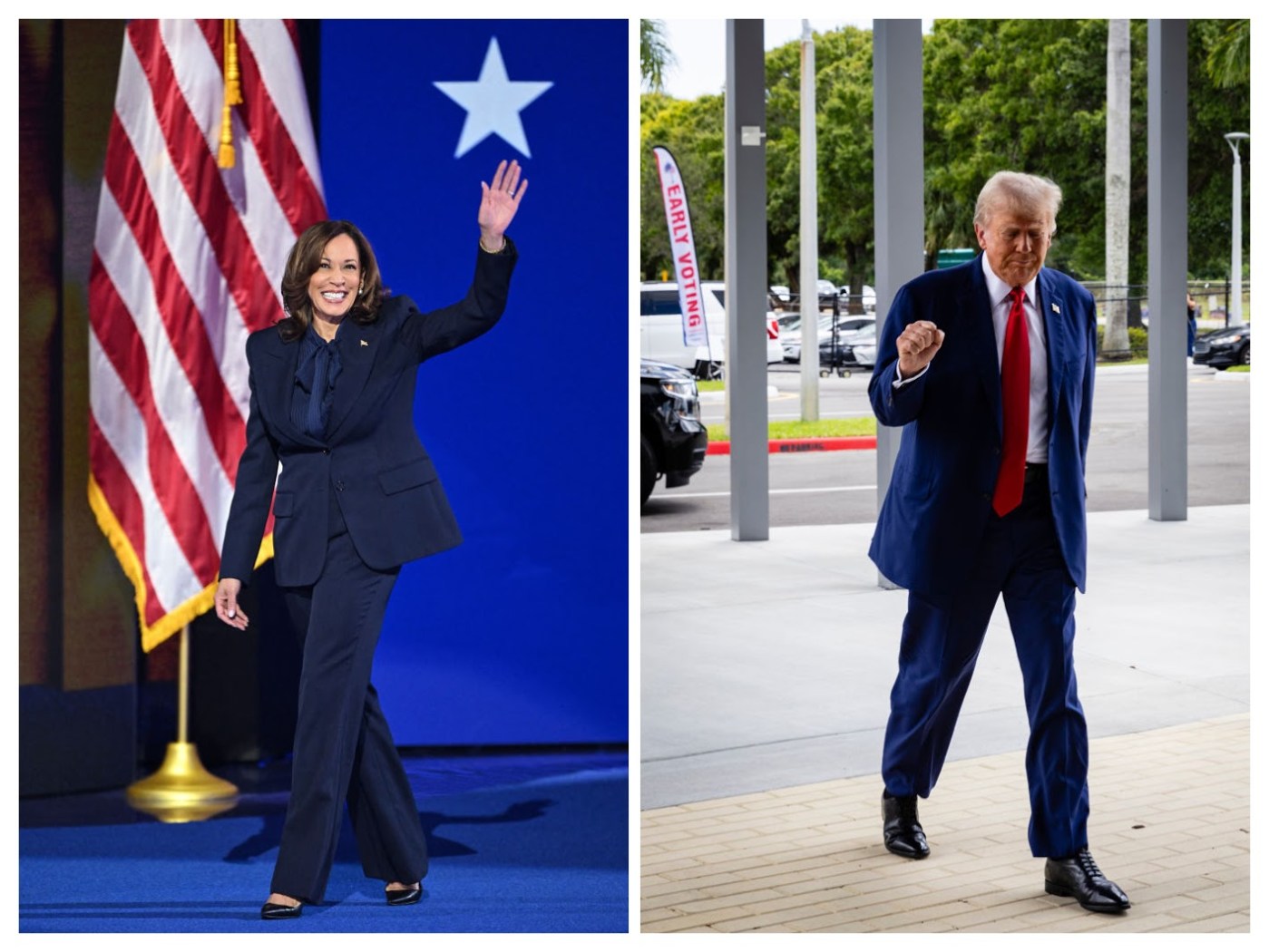

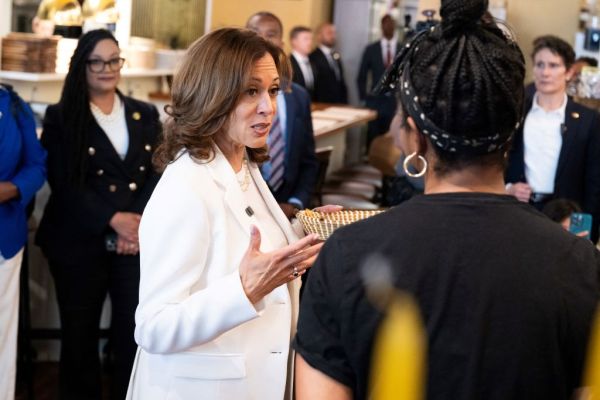
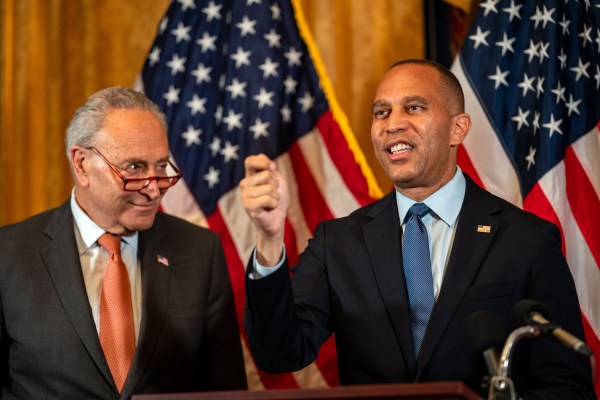
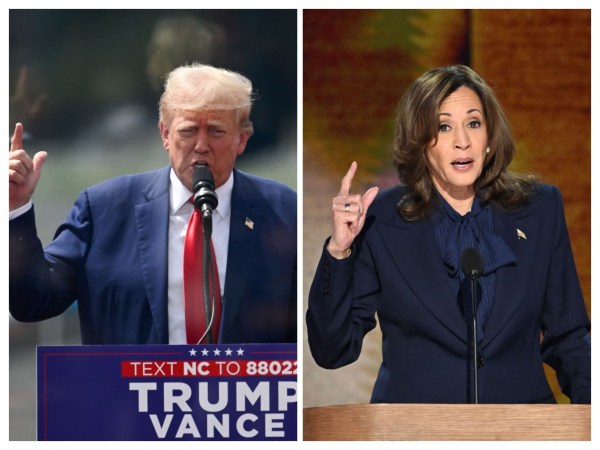
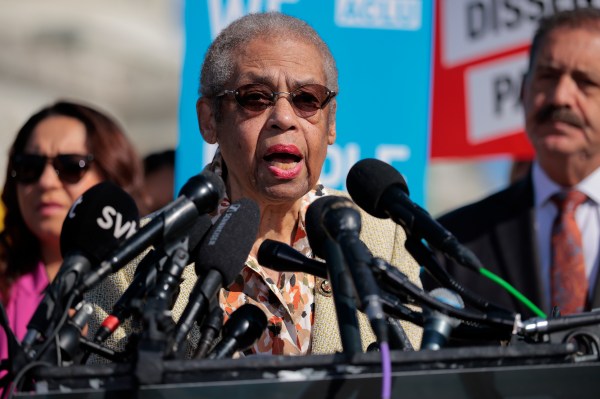
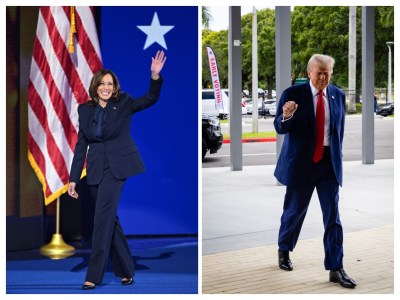
Please note that we at The Dispatch hold ourselves, our work, and our commenters to a higher standard than other places on the internet. We welcome comments that foster genuine debate or discussion—including comments critical of us or our work—but responses that include ad hominem attacks on fellow Dispatch members or are intended to stoke fear and anger may be moderated.
With your membership, you only have the ability to comment on The Morning Dispatch articles. Consider upgrading to join the conversation everywhere.